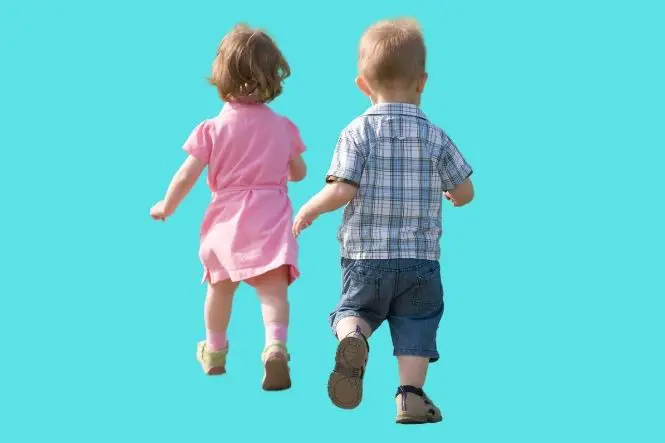It can be hard enough to cope with one child misbehaving, but when children are in a group bad behaviour can spread like wildfire. Managing the behaviour of kids who witness misbehaviour is important for not only limiting frustrations in the short term, but for helping children feel empowered and prepared to stay away from other people’s misbehaviour in the long term. Physically separating children, addressing the misbehaviour when it occurs, distracting the other children and talking about the incident can all help kids stay strong when faced with the temptation to join in other’s bad behaviour.
Table of Contents
Physically Separating the Children
When one child in a group begins misbehaving it pays to physically separate the children as soon as possible. This may mean removing the misbehaving child, for example to have a little chat about the rules or to a naughty step or time out chair in order to calm down, but if a child is out of control then it may be easier to remove the other children, such as by suggesting that everyone go outside to play or moving to another room for story time. Not only does physically separating children remove the misbehaving child’s audience, but it allows the other children’s attention to be diverted from the incident.
Addressing the Misbehaviour
Once the misbehaving child is alone, or as alone as possible given the circumstances, the adult dealing with the incident must make it clear that the behaviour is unacceptable. Kneeling so that they can look into the child’s eyes, saying the child’s name and using a strong, calm voice are all important adult actions when trying to end an incident. So too is stating clearly what behaviour is wrong and why it is wrong, then what will happen to the child as a result. Make this information specific, for example “Kevin, you know that throwing blocks is against the rules and can hurt people and damage the blocks, so we are going to clean up and then you are going to sit in time out for six minutes”. Making the discipline method observable, like cleaning up toys and sitting in time out, should help everyone connect that misbehaving carries consequences.
Distracting the Children
While the misbehaving child is being spoken to and discipline, distracting other children is a good way to keep them from testing or mimicking the misbehaviour. Physically separating the children should help the misbehaviour be out of sight and out of mind, but unless there is something else for the kids to do then they might just try to repeat the misbehaviour in a new setting. Organising a group activity is a good way to keep a watchful eye on all of the kids at once, not to mention it gives everyone a chance to review the rules for the new activity. Sports games, board games and reading aloud are all quick and easy activities to organise as needed.
Talking About It Later
Distracting children while misbehaviour is occurring is important for keeping everyone calm at the time, but talking about the misbehaviour later is just as important. Ask children if they know why the behaviour was wrong, and why it was important that they not participate. Then discuss together what they could do in the future if faced with a similar situation, and how they could reduce their own frustrations so that they don’t become the child in the group who misbehaves.
Managing behaviour when other children misbehaves means acting quickly and decisively. Separating the misbehaving child from the other kids, addressing the misbehaviour, distracting the children and talking about it later are all important steps for managing the behaviour of children faced with the misbehaviour of one of their peers.


